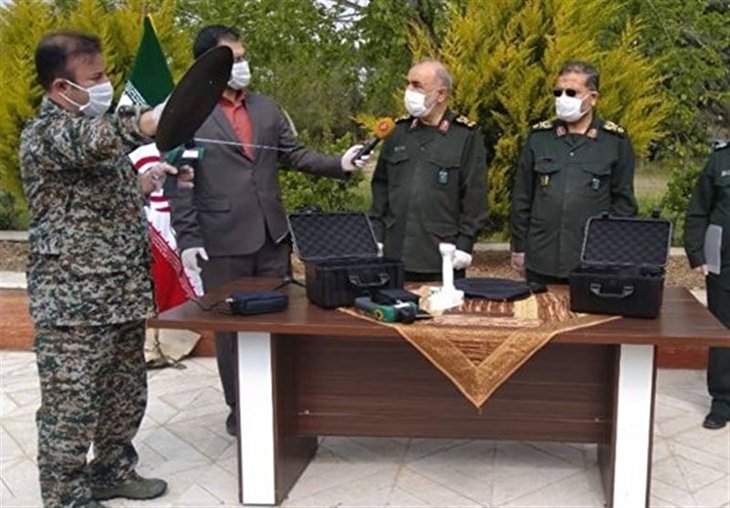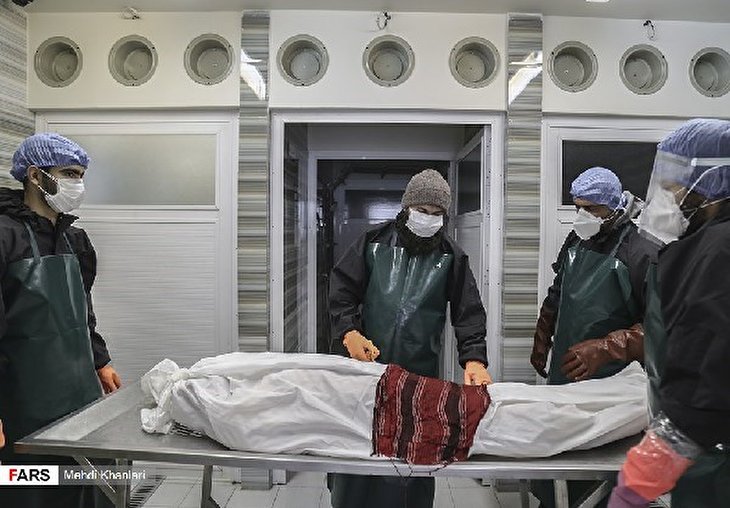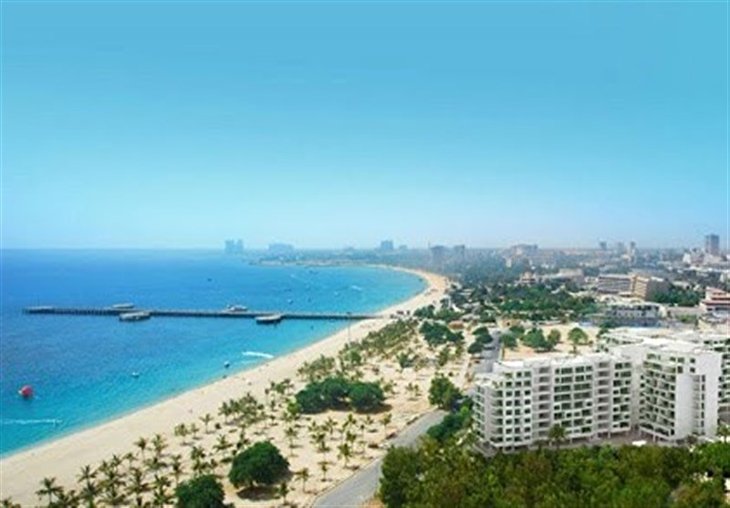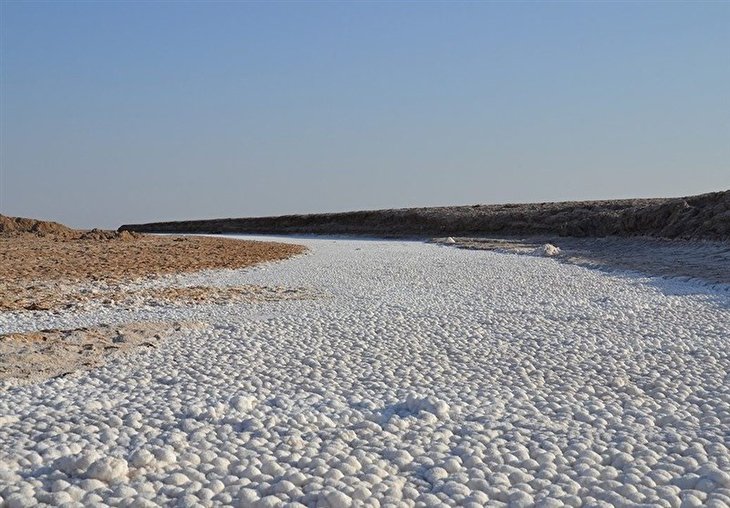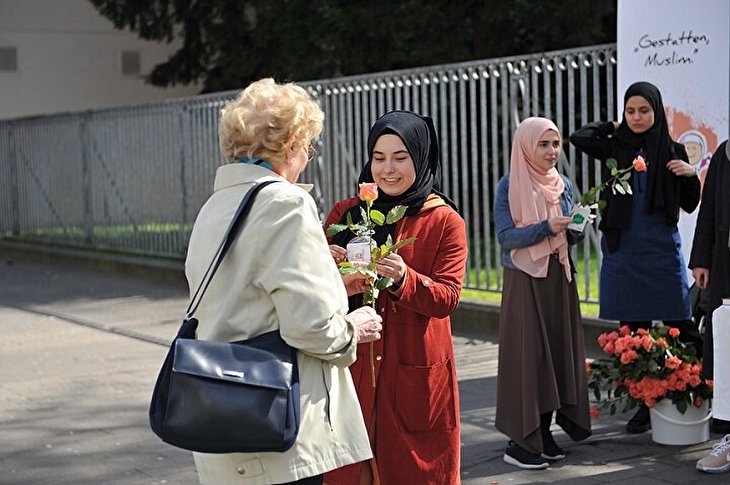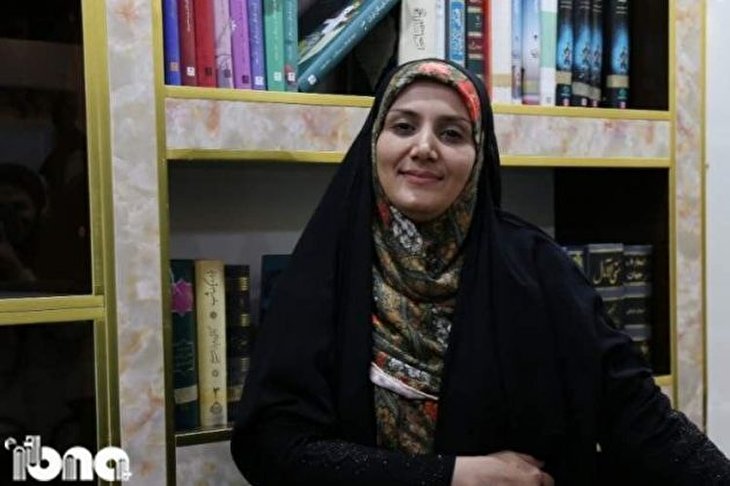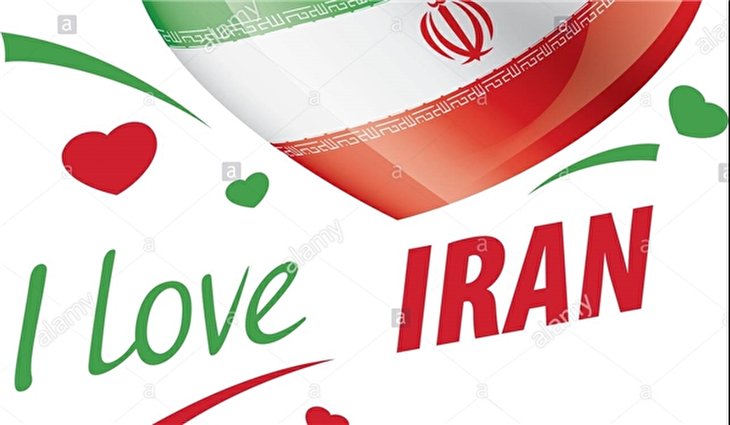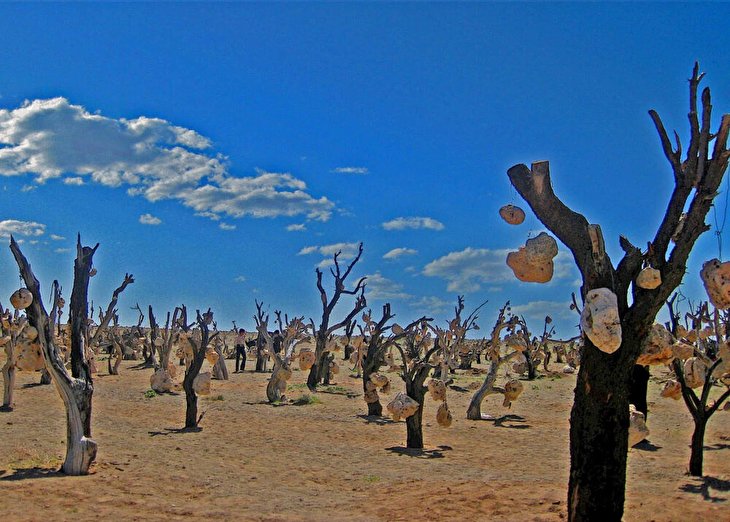Rosewater festivals draw visitors to central Iran
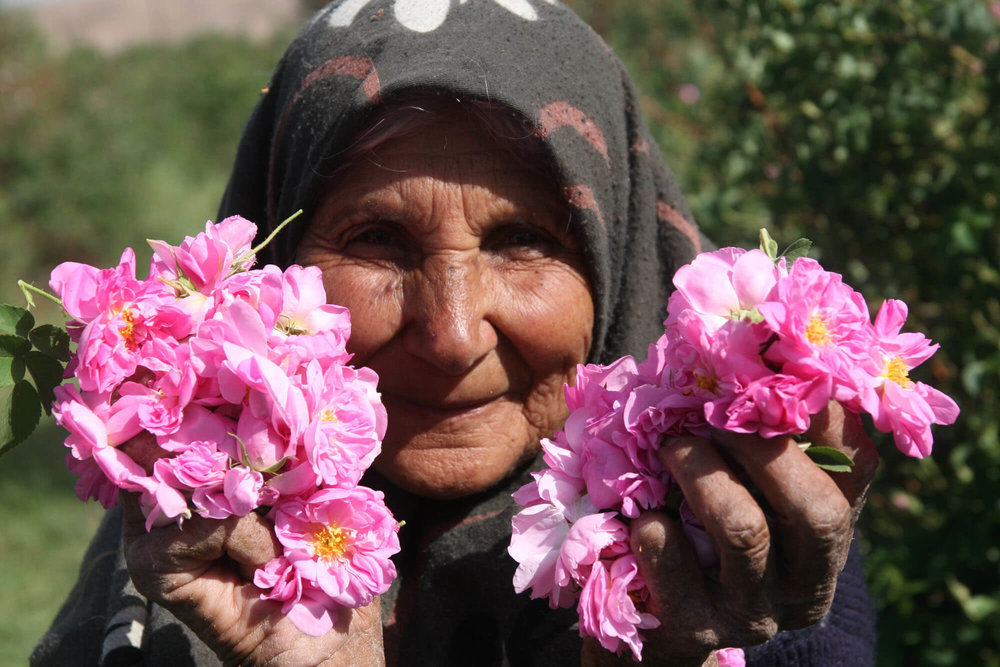
People come to enjoy the sprite of full-bloom flower farms, to socialize with
the locals, to visit abundant historical sites and see how rosewater is
traditionally made from harvesting stage to steaming damask rose petals either
at homes or gardens.
Qamsar, Niasar, and Barzak are amongst other destinations. Every corner of the
region is teemed with the dance of colors and delicate fragrance of roses from
early May to mid-June.
Distillation of flowers and herbs has a deep history in Iran. Many believe
traditionally-distilled rosewater is of higher quality than that produced in
factories probably due to shorter time interval between the harvest and
distillation practices.
Golab or rosewater is in fact fragrant distillate of Mohammadi roses, which is
used in dishes to flavor them or being consumed as a religious perfume as well.
Rosewater is produced from a very sweet smelling kind of flowers, best known as
Mohammadi roses in the country.
Flower harvesting is somewhat an intensive work. It is mostly done from dawn
through morning.
It is said that delay in harvesting or transport to distillery results in
decreased essential oil quantity and quality.
Foreign travelers visit a rose garden near Kashan, central Iran.
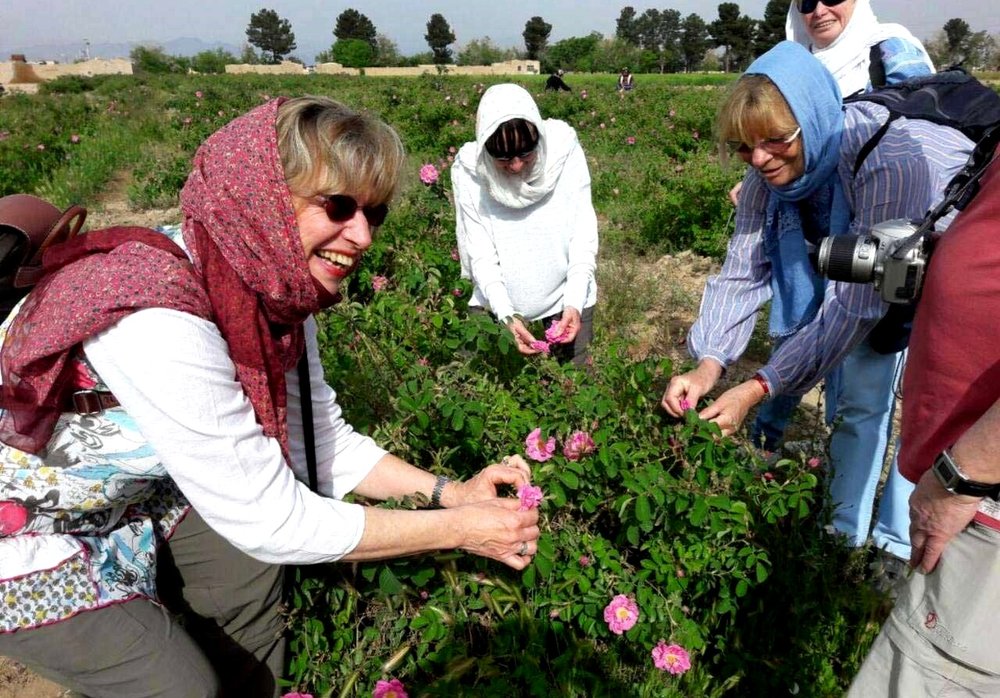
Almost every 30 kilogram of rose petals plus 80 liters of water are poured into each pot that is connected to metal pipes for the steam moving through to obtain the hydrosol. The waste of distillation is used for feeding livestock or composting.
Sets of traditional distillation apparatus are seen in house yard in Kashan.
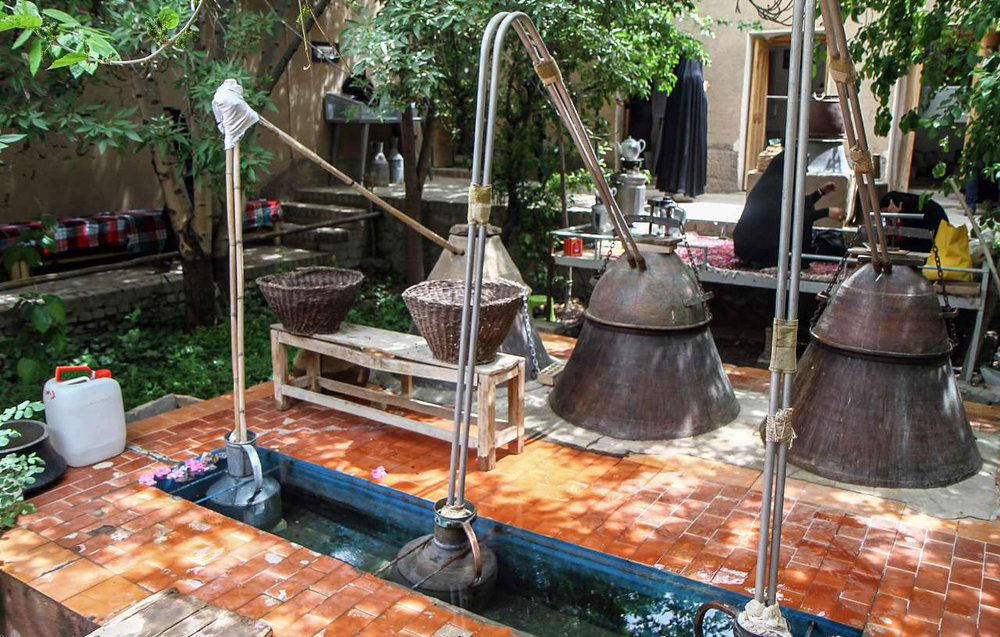
Locals believe that rose oil and rosewater have many therapeutic benefits,
saying rose oil soothes the mind and heals depression, grief, stress and
tension.
Such products are deemed to alleviate problems with the digestive system,
healing colds, and skin health as well.
Kashan embraces abundant scenic landscape, historical sites and monuments such
as UNESCO-registered Fin Garden with its Safavid and Qajar era edifices,
Tabatabaei House, Boroujerdi House, Ameri House, a traditional bazaar, and Jame
Mosque of Kashan just to name a few.



